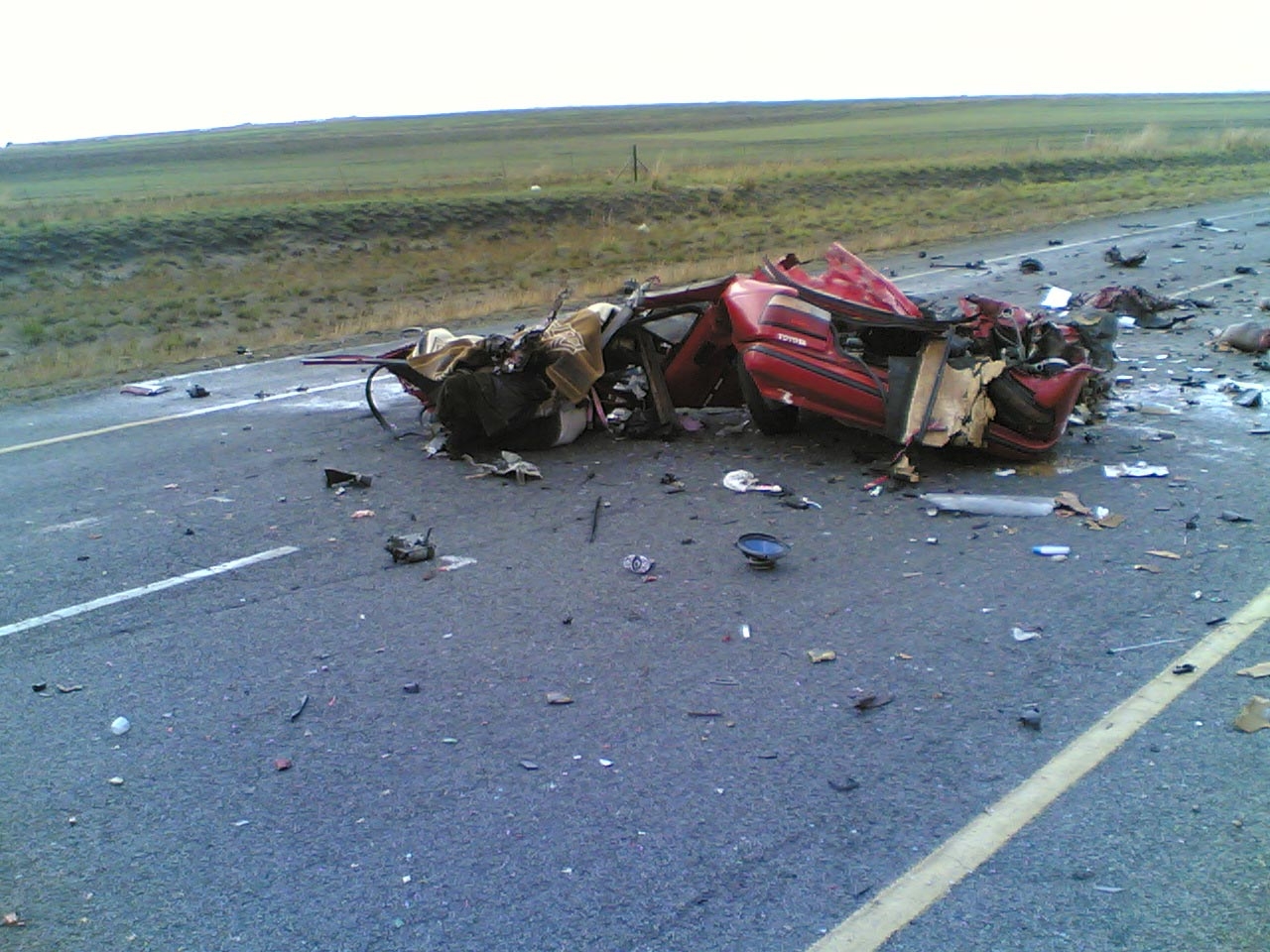Heres a challenge to the National Police Web Managers from @Pigsonthewing via Twitter.
@Pigsonthewing has issued a blog appeal for all forces to provide some information about the role of their Wildlife Crime Officers on the police websites. Through some collaborative work via Google Docs, @pigsonthewing has compiled a spreadsheet of the forces showing those which have information about Wildlife Crime and those who do not. It appears that 29 force sites do have information about Wildlife Crime Officers and 22 do not.
Apart from the obvious possibility that some forces don't actually have any Wildlife Crime Officers, it seems strange that there is an almost 50:50 split between those that do and those that don't. Are there any common elements which are provided and which could be adopted as 'standard data' for all forces in due course? As well as providing a 'full-set' of pages throughout the country, we could go further and provide a dataset in the appropriate formats - perhaps as simple as a list of officers' names and contact details. One learning point here which @pigsonthewing rightly points out is that although XML/RSS is the way to provide datasets we could also provide the same data as .CSV format.
http://www.cambs-police.co.uk/about/rcat/rural/
Cheshire Constabulary
http://www.cheshire.police.uk/advice--information/rural-and-environment/wildlife-crime.aspx
Cumbria Constabulary
http://www.cumbria.police.uk/advice-and-information/crime-prevention/wildlife-crime
Derbyshire Constabulary
http://www.derbyshire.police.uk/local/57.html
Dumfries and Galloway Constabulary
http://www.dg.police.uk/advice/wildlifeCrime.htm
Dorset Police
http://www.dorset.police.uk/default.aspx?page=524
Dyfed-Powys Police
http://www.dyfed-powys.police.uk/en/advice/wildlife/
Fife Constabulary
http://www.fife.police.uk/default.aspx?page=3827
Gloucestershire Constabulary
http://www.gloucestershire.police.uk/ruralpolicing/Wildlife Crime/item4113.html
Greater Manchester Police
http://www.gmp.police.uk/mainsite/pages/Wildlifecrime.htm
Grampian Police
http://www.grampian.police.uk/Advice.aspx?id=170&pid=30;34;188
Gwent Police - Heddlu Gwent
http://www.gwent.police.uk/info_point/eleaflets/wildlife_crime.htm
Hampshire Constabulary
http://www.hampshire.police.uk/Internet/localpolicing/western/testvalley/andover/6TASNT3.htm
Hertfordshire Constabulary
http://www.herts.police.uk/rural_crime/index.htm
Kent Police
http://www.kent.police.uk/Your%20Area/west_kent/news/Policing_the_country.html
Lancashire Constabulary
http://www.lancashire.police.uk/about-us/departments/wildlife
Lothian and Borders Police
http://www.lbp.police.uk/press_release/articles/2010%5CJuly%5C07%5C1.htm
Leicestershire Constabulary
http://www.leics.police.uk/advice/2_information_zone/49_force_wildlife_officer/
Lincolnshire Police
http://www.lincs.police.uk/Youth-Lincs/Teen-Lincs/Police-Departments/Wildlife-Officer/
Merseyside Police
http://www.merseyside.police.uk/index.aspx?articleid=1414
Metropolitan Police Service
http://www.met.police.uk/wildlife/index.htm
Norfolk Constabulary
http://www.norfolk.police.uk/safetyadvice/wildlifeprotection/tacklingtheproblems/wildlifecrimeofficers.aspx
Northern Constabulary
http://www.northern.police.uk/Wildlife-Crime/wildlife-crime.htm
North Yorkshire Police
http://www.northyorkshire.police.uk/index.aspx?articleid=457
Police Service of Northern Ireland
http://www.psni.police.uk/index/crime-prevention/wildlife/wildlife-crime.htm
Strathclyde Police
http://www.strathclyde.police.uk/index.asp?locID=184&docID=-1
Surrey Police
http://www.surrey.police.uk/media/news_item.asp?area=12&itemID=4181
Tayside Police
http://www.tayside.police.uk/wildlife/
Thames Valley Police
http://www.thamesvalley.police.uk/crprev-animal-animal-crprev-wildlife
Warwickshire Police
http://www.warwickshire.police.uk/crimeprevention/wildlifecrime
Those forces listed with Wildlife Crime links:
Cambridgeshire Constabularyhttp://www.cambs-police.co.uk/about/rcat/rural/
Cheshire Constabulary
http://www.cheshire.police.uk/advice--information/rural-and-environment/wildlife-crime.aspx
Cumbria Constabulary
http://www.cumbria.police.uk/advice-and-information/crime-prevention/wildlife-crime
Derbyshire Constabulary
http://www.derbyshire.police.uk/local/57.html
Dumfries and Galloway Constabulary
http://www.dg.police.uk/advice/wildlifeCrime.htm
Dorset Police
http://www.dorset.police.uk/default.aspx?page=524
Dyfed-Powys Police
http://www.dyfed-powys.police.uk/en/advice/wildlife/
Fife Constabulary
http://www.fife.police.uk/default.aspx?page=3827
Gloucestershire Constabulary
http://www.gloucestershire.police.uk/ruralpolicing/Wildlife Crime/item4113.html
Greater Manchester Police
http://www.gmp.police.uk/mainsite/pages/Wildlifecrime.htm
Grampian Police
http://www.grampian.police.uk/Advice.aspx?id=170&pid=30;34;188
Gwent Police - Heddlu Gwent
http://www.gwent.police.uk/info_point/eleaflets/wildlife_crime.htm
Hampshire Constabulary
http://www.hampshire.police.uk/Internet/localpolicing/western/testvalley/andover/6TASNT3.htm
Hertfordshire Constabulary
http://www.herts.police.uk/rural_crime/index.htm
Kent Police
http://www.kent.police.uk/Your%20Area/west_kent/news/Policing_the_country.html
Lancashire Constabulary
http://www.lancashire.police.uk/about-us/departments/wildlife
Lothian and Borders Police
http://www.lbp.police.uk/press_release/articles/2010%5CJuly%5C07%5C1.htm
Leicestershire Constabulary
http://www.leics.police.uk/advice/2_information_zone/49_force_wildlife_officer/
Lincolnshire Police
http://www.lincs.police.uk/Youth-Lincs/Teen-Lincs/Police-Departments/Wildlife-Officer/
Merseyside Police
http://www.merseyside.police.uk/index.aspx?articleid=1414
Metropolitan Police Service
http://www.met.police.uk/wildlife/index.htm
Norfolk Constabulary
http://www.norfolk.police.uk/safetyadvice/wildlifeprotection/tacklingtheproblems/wildlifecrimeofficers.aspx
Northern Constabulary
http://www.northern.police.uk/Wildlife-Crime/wildlife-crime.htm
North Yorkshire Police
http://www.northyorkshire.police.uk/index.aspx?articleid=457
Police Service of Northern Ireland
http://www.psni.police.uk/index/crime-prevention/wildlife/wildlife-crime.htm
Strathclyde Police
http://www.strathclyde.police.uk/index.asp?locID=184&docID=-1
Surrey Police
http://www.surrey.police.uk/media/news_item.asp?area=12&itemID=4181
Tayside Police
http://www.tayside.police.uk/wildlife/
Thames Valley Police
http://www.thamesvalley.police.uk/crprev-animal-animal-crprev-wildlife
Warwickshire Police
http://www.warwickshire.police.uk/crimeprevention/wildlifecrime









